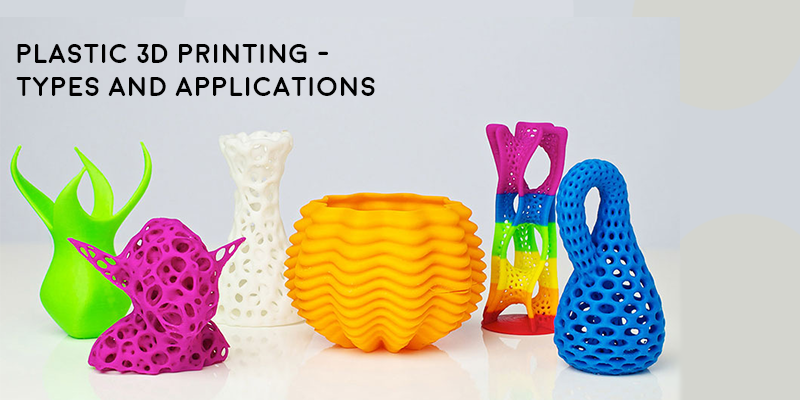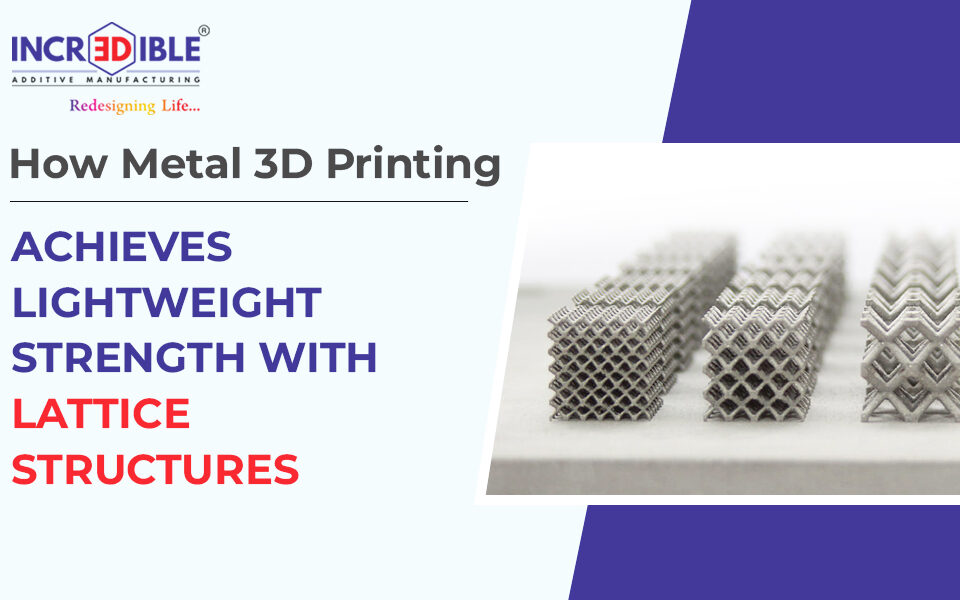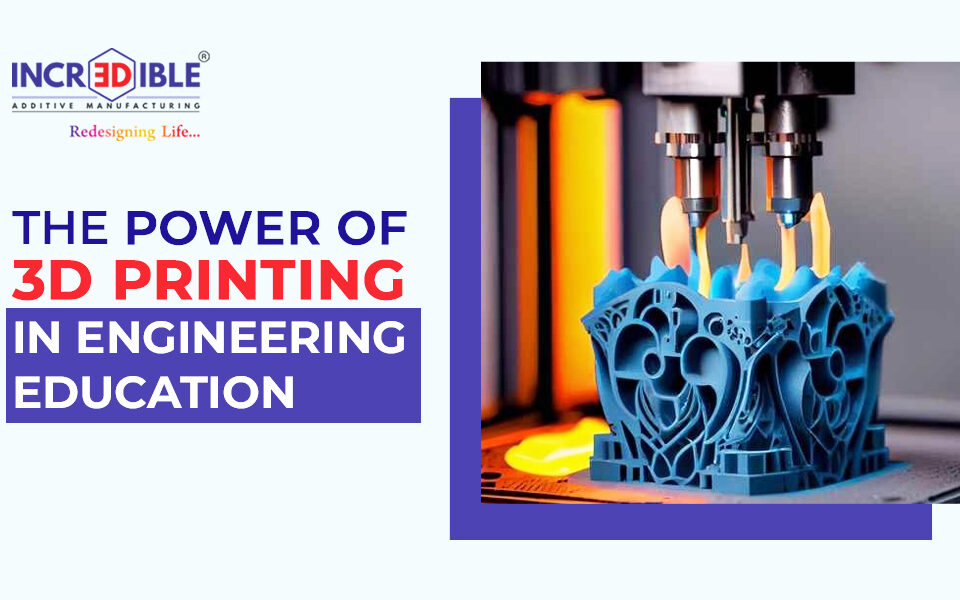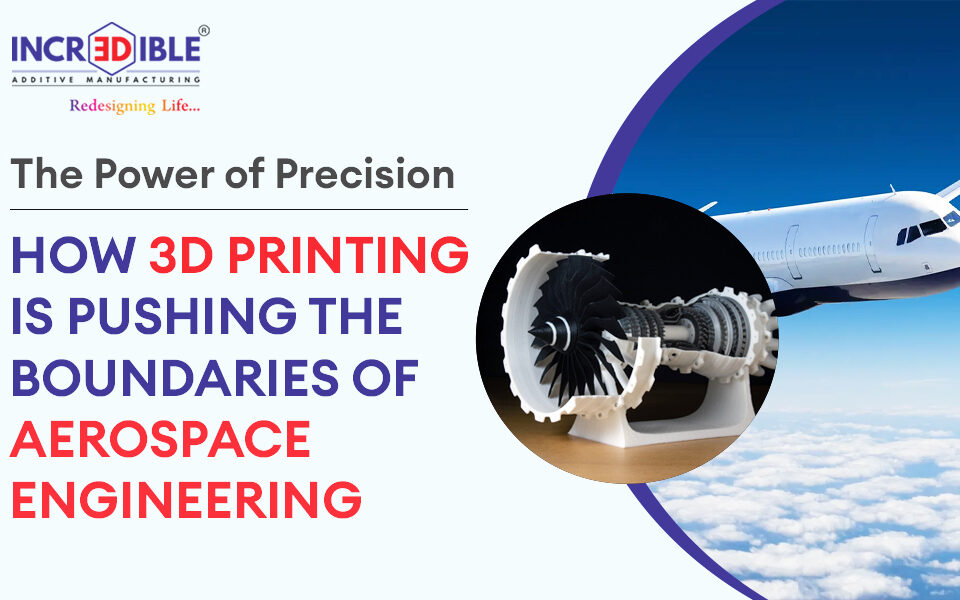Plastic is the most common material used in the manufacturing industry. We are surrounded by plastic! It is used to make almost everything, right from a paper clip to big automotive parts. One of the technologies associated with is 3D-printing. Additive manufacturing by using plastic is highly popular. Many objects such as lab prototypes, household items, medical prosthetics, etc are made using plastic 3D printing.
Plastic is basically an organic polymer with a high molecular mass, it is firm, flexible, smooth and biodegradable. Moreover, it is very affordable; it has a shiny/matte texture, and comes in a wide colour range. These reasons make it one of the most preferred choices for 3D printing.
For 3D printing, layers of thermoplastic filaments are melted and moulded-in required size and shape. It is affected by four major aspects viz. Method, input, materials, and application. The process has various steps – creating 3D CAD models, slicing, building the part on RPM/c machine, and building the actual, physical model.
Types of Plastic Used for 3D Printing
Polyplastic acid (PLA)
It is the most eco-friendly plastic available and the most used raw material used for 3D printing.
Acrylonitrile Butadiene Styrene (ABS)
Since ABS is very strong it is usually used for prototyping actual objects using the FDM printing process. Another feature of ABS is that small parts can be integrated together to make bigger parts.
Polyvinyl Alcohol Plastic (PVA)
It is s secondary option over ABS or PLA usually used to make fragile items for temporary use.
Polycarbonate (PC)
It is the strongest plastic with properties like heat-resistant and hygroscopic and it is used to make things like nozzle, moulding trays, and fasteners.
Types of Plastic 3D Printing Process
Fused Deposition Modelling (FDM)
This printing type is considered to be the best one among the others as it is available in the wired spool and therefore it becomes easy to insert in the printer. The FDM process includes inserting the plastic in a hot nozzle and melting. Usually, ABS and PLA plastics are used for this process as it has good structural properties and is easily accessible. Some cons of FDM are limited nozzle area, low quality, less accuracy as well as speed, plus constant pressure of material is required to increase the quality.
Applications of FDM –
• Automotive
• Aerospace,
• Research
• Medical
Selective Laser Sintering (SLS)
In this process, lasers are used to plastic powders and create solid 3D structures. The best feature of this process is that different kinds of objects having different characteristics can be produced. It is slightly affordable and feasible for small scale businesses as it has a large range of material options. It is also suitable for visual models and prototypes. Its process also has some cons such as is slow speed Lack of structural properties in materials, size restrictions, high power usage.
Applications of SLS
• Engineering Functional Parts
• Automotive Parts
• Medical Application – Skull, Knee cap
• Architectural Models
• Styling Models
Stereo Lithography Apparatus (SLA)
In this process, photo-sensitive resins are processed to make 3D printed objects in majorly two types – thermoplastics and thermo-solids. The final objects are coated isopropyl alcohol to enhance the print. It can only be created in black, white, transparent, red colours having both mattes as well as glossy textures. This process is quite quick, accurate but also expensive, lengthy, requires support structure.
Application of SLA
• Automotive
• Aerospace
• Research
• Medical
• Investment casting Patterns
• Electrical
Conclusion
If you are looking for the best Plastic and Metal 3D Printing solution then associating with Incredible AM Pvt. Ltd. is a venture of Industrial Metal Providers Pvt. Ltd. (IMP) will be a wise decision. Their technology can be applied in varied sectors like Engineering, Aerospace, Defense and Medical. The other company features are competitive pricing, excellent design, software, and manufacturing Skills, quick response to customers.




